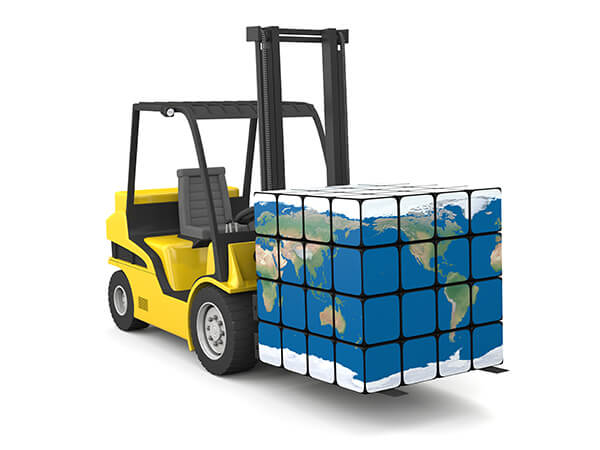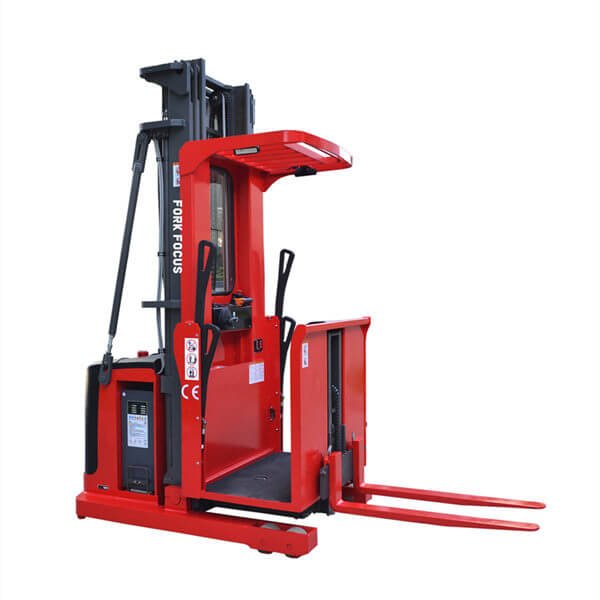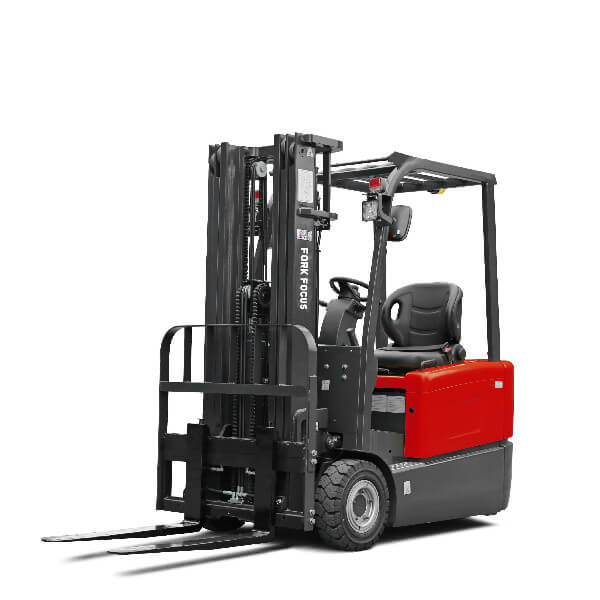FAQs about material handing equipment


What are the types of material handling equipment?
Materials Handling Equipment has four categories:
Storage and Handling Equipment
As basic as it sounds, storage and handling equipment like shelves, bins, drawers, and racks are under the materials handling equipment category. Companies who use these place them in warehouses to store and keep the materials/products safe.
Bulk Material Handling Equipment
Equipment under this category includes stackers, silos, reclaimers, conveyor belts, and grain elevators, to name a few. These are equipment used to store, move or carry the same materials/products in large volumes.
Industrial Trucks
These are vehicles like forklift run by workers or automatic (will discuss this further) used to move, transport, load, and unload large or large quantities of materials/load.

Engineered
All material handling equipment that is automated falls under this category. An example is robotic delivery systems, an automated system for moving or transporting products/goods in an assembly manner for warehouses or plants. Another example is conveyor systems for a very efficient and quick way of moving large volumes of goods/materials.
Running and maintaining a warehouse is a lot of work and can be complex without a system. Having the right equipment in the warehouse can cut manual labor time and cost and do the job more efficiently. With the right equipment, the process in your warehouse will flow smoothly, and if you have safety protocols in place, it will reduce possible injuries and tarnished materials and goods.
Below is the different warehouse equipment that you can consider for your warehouse:
Dock Equipment
Dock equipment is essential for receiving and shipping materials and goods. A good quality dock equipment can do the work more efficiently, you can tailor fit it to your process, and it can be less time-consuming if done correctly.
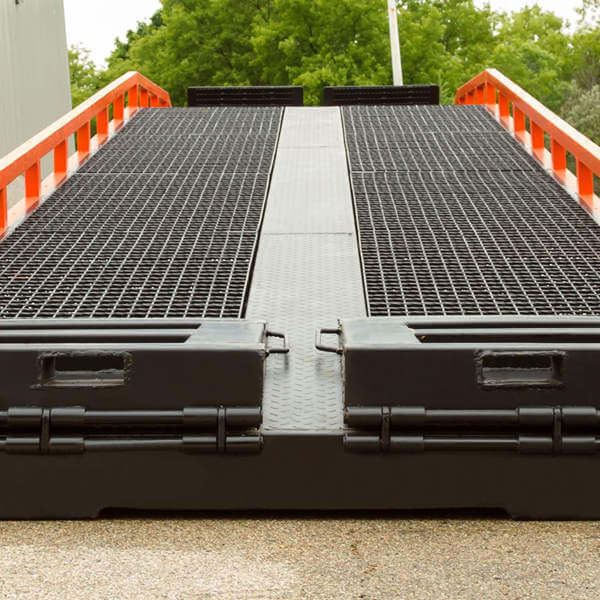
These are the examples of dock equipment:
- Dock Boards and Plates
- Dock levelers & Dock Lifts
- Dock Bumpers
- Truck Restraints
- Dock Seals and Shelters
- Yard Ramps
- Dock levelers & Dock Lifts
Conveyors
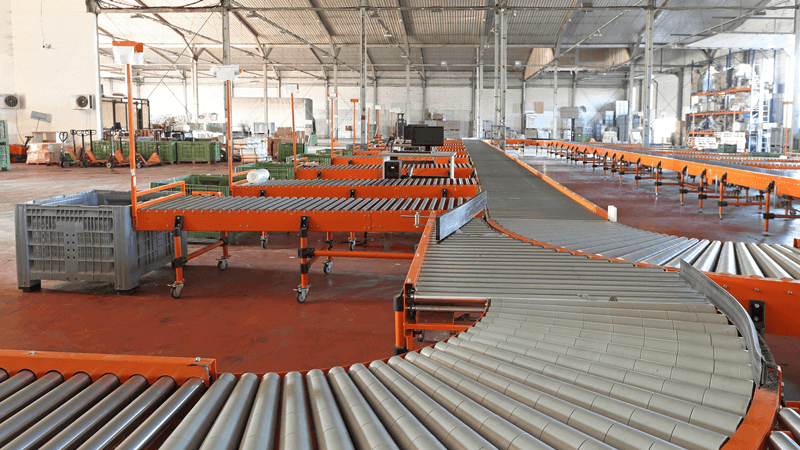
Conveyors are for moving materials/goods from one cargo to another. Using a conveyor to transport goods lessens the time and damaged products. It is also versatile equipment that can be used for streamlining processes like picking, packing, and dispatching goods/products.
These are the examples for conveyors:
- Pneumatic conveyors
- Plastic belt conveyors
- Automative conveyors
- Vertical conveyors
- Belt conveyor
Storage Equipment
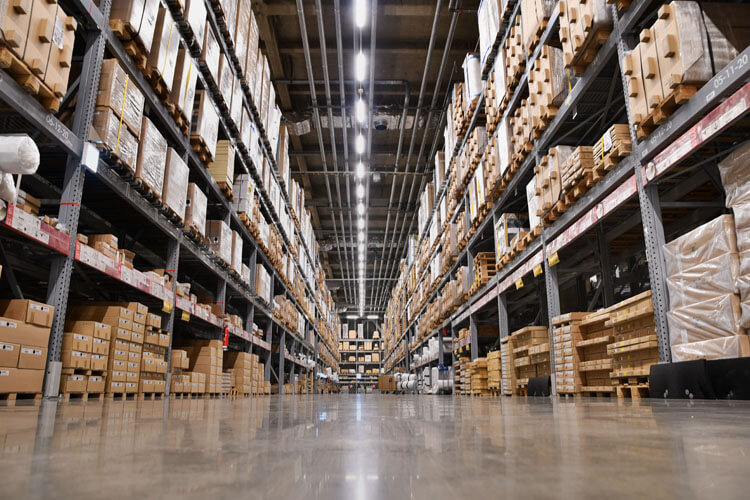
Buying the right storage equipments can help you maximize your warehouse space and ensure safe keeping of materials/products and goods. It also helps in organizing inventory efficiently for your staff.
These are the examples for storage equipment:
- Shelves
- Racks
- Bins
- Carousels
Lifting Equipment
Lifting equipment comes with different make, weights and sizes. It helps mainly in trasporting and storing materials/products in the warehouse. Poor quality lifting equipment can lead to injuries, unsafe workplace and damaged materials/products.
To help you find the best lifting equipment for you, check our blog How to choose the best material handling equipment? To can be guided on the things to consider.
These are the examples for lifting equipment:
- Forklifts
- Pallet Jacks
- Hand Trucks
- Reach Truck
- Cranes, Hoists, and Monorails
Packing Equipment

Packing equipment plays an essential role in keeping the products/materials safe when stored or shipped. Doing this manually can take so much time and decrease productivity. Having a packing equipment can reduce labor costs, provide consistent and good quality of packing.
These are the examples for packing equipment:
- Packing Tables
- Industrial Scales
- Stretch wrap machine
- Strapping and Banding
As you can see, a warehouse with a system of man and machine working together can do wonders in the productivity and efficiency of the work done. It is cost-effective in the long run, and this will also deliver customer satisfaction and happy and safe workplace for your staff.
When choosing the material handling equipment for your needs, there are several factors that you need to consider:
Material
- What kind of materials will the equipment be handling? Solid, liquid, or gas? What are the dimensions? How much does it weigh? Is it easily contaminated, or is it toxic? These are information to consider to help you decide on the best material handling equipment.
Space and Functionality
- Do you have enough space for your material handling equipment to work? Is it going to be outdoor or indoor? There are also regulatory norms that your workplace needs to follow to protect everyone in the workplace and the environment.
Process Needs
- You need to consider the process for which you will use the equipment. Is it for mass production with fixed routes? or batch production? Is it a high-speed process? Or do you need equipment just for storing and moving small loads? Such factors are important when deciding on the equipment you need.
Cost
- You need to prepare the budget for the equipment you will purchase and you also need to think about the maintenance of the equipment. To ensure the continuous functionality and efficiency of the equipment, maintenance and cleaning regularly should be done. The equipment also has replaceable parts that need to be available when needed, so make sure you purchase it from the same manufacturer to keep your downtime to a minimum.
Safety
- Purchase high-quality products because it will save you cost in the long run, and it will ensure the safety of your workers and your materials. Look for trusted companies like ForkFocus, which has been in the industry for more than a decade.
Companies nowadays build narrow aisles to maximize the space of warehouses and distribution centers to store more materials/products. While that may seem efficient, it can be challenging as equipment tends to be big and bulky. Luckily, manufacturers have started building equipment suited for narrow aisles and small spaces.
- For stacking materials in small and narrow aisles
- Handle materials from floor level and move it horizontally
- For handling materials from higher racks
- Small forklift version that is easy to operate and navigate in narrow aisles, and reaches high stacks for a more heavy-duty work
What is the importance of material handling equipment?
Material Handling is a term for handling, moving, transporting, and storing materials, goods, and products. It also includes loading and unloading trucks, stacking materials in racks, etc.
These involve a lot of labor and manpower if done manually, which is why material handling equipment was invented. The equipment is essential for the successful running of warehouses. Material handling is safer for both workers and materials, more efficient, faster, and cheaper in the long run.

There are different types of material handling equipment, and each has its function and use.
But among the types of equipment, the industrial trucks like forklifts, are believed to be the most flexible. They come in different sizes and shapes that they can be usd even in narrow-aisle warehouses.
They also carry loads of different weighs and their attachments are able to handle even the most fragile materials.
What protective equipment is required when handling acid?
Acid is one of those materials that are dangerous and must be handled with care as it can cause pain and injury if not handled correctly.
To protect yourself when working with acid, you need to have the following:
Goggles
Our eyes are the most susceptible part of our body to acid which is why wearing protective eye gear is important
Mask
Toxic materials like acid can be inhaled and irritate your nose, throat, or lungs. Wearing of the mask will prevent that.
Gloves
Acid can also irritate or burn when it comes to contact with skin. Wearing protective gloves can protect you when handling toxic materials.
Depending on the acid or base that will be handled, first and foremost companies should do a Job Hazard Assessment (JHA) so they can set up protocols in place to keep the workplace and workers safe.
Does a business pay tax for warehouse equipment?
Yes. Every business is required to declare purchases for business purposes. To start, you need to determine the difference between business supplies and business equipment. Business supplies are short-term assets and are used up in a year (more or less) like office supplies (paper, printer ink, paper clips, etc.).
Business equipment is for the long-term. Business equipment includes machinery, vehicles, computers, furniture, electronic devices, etc. So material handling equipment used for business purposes will be under the long-term asset. Since it falls under the long-term asset, the cost is depreciated, because the expense is spread out over the life of the equipment.
How much does running a warehouse cost?
Businesses with warehouses/distributing center need to understand the costs that is entailed in running and maintaining them. Not allocating costs correctly can lead to misallocation of budget. Take a look at the cot model below to be properly guided in doing your plan smartly:

- Handling
- Under this cost center are expenses to move materials/products in and out of the warehouse. An example is loading products from trucks to shelves, so equipment like a forklift and pallet jacks are included here. In short, all equipment and materials involved with “good in motion” are in this cost center.
- Storage
- For storing materials/products purposes or “goods at rest”, expenses, they are under the storage cost center. Boxes that will hold the goods/products, shelves and drawers that will keep them, and the total occupancy cost.
- Operations Administration
- Expenses under this cost center are expenses acquired to support the activities of the warehouse/distribution center. Examples are supplies, taxes, insurance, information technology, etc.
- General Administrative Expenses
- Any expenses that are not covered by the first three all fall under this category. General expenses for management, non-operating staff, and office expenses can be under this cost center, but it will be up for your decision whether it is included here or in other cost centers mentioned.
How to Keep Warehouse Safe for the Workers and the Equipment?

Every business running and maintaining a warehouse must adhere to the guidelines set by OSHA (Occupational Safety and Health Administration) to ensure a safe and injury-free workplace. A safe work environment keeps the workers productive and efficient, and it also keeps the equipment used efficient and durable.
In this blog, we would like to focus on the safety tips for Material Handling Equipment used in the warehouse.
- Forklifts are essential equipment in the warehouse as it is versatile and can do multiple functions. However, it is important to note that operating a forklift requires training and certification for the operators as it can cause serious damage and injury when operated incorrectly. (For more information about this, check our blog How to Drive a Forklift and What should I do before I use my forklift?)
- Conveyor
- Another material handling equipment is the conveyor, typically used to transport materials/goods from warehouse to warehouse. While that may seem simple, workers getting struck by falling objects or getting caught in the equipment is not unheard of. Ensuring proper safeguarding of the equipment between the worker and the conveyor. Another thing is to have a lockout tag-out procedure in place during conveyor maintenance and repair.
- Storage
- Improper stacking of loads and going over the capacity of your storage units can be dangerous to your workers and is also bad for your equipment. Place the loads evenly, position them properly, and keep the heavier loads on the lower section. Remove loads one at a time and do regular checking to ensure there are no leaks on goods that can attract pests and insects.
- Lifting/Handling
- Equipment used to lift/handle materials like:
pallet jacks, etc.
Should be regularly checked and maintained.
Better to have spare parts available at hand in case of broken wear and tear parts.
Any questions regarding forklift, just feel free to contact us. Free consulation is always available in FORKFOCUS.

